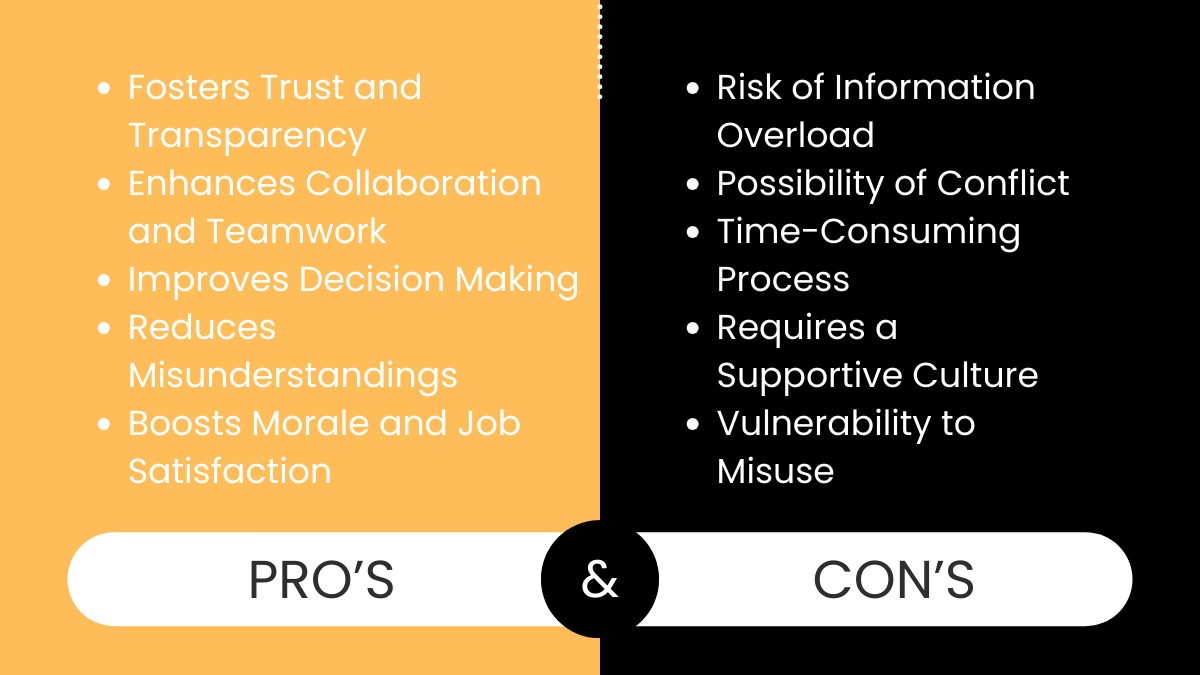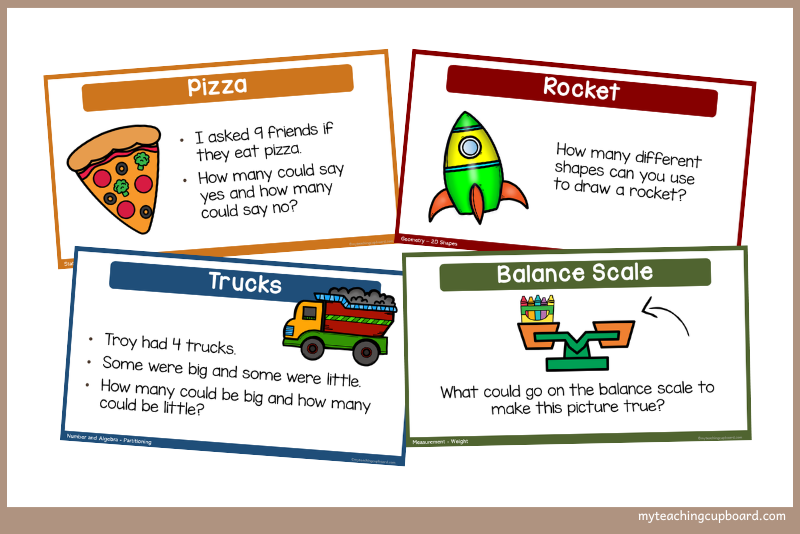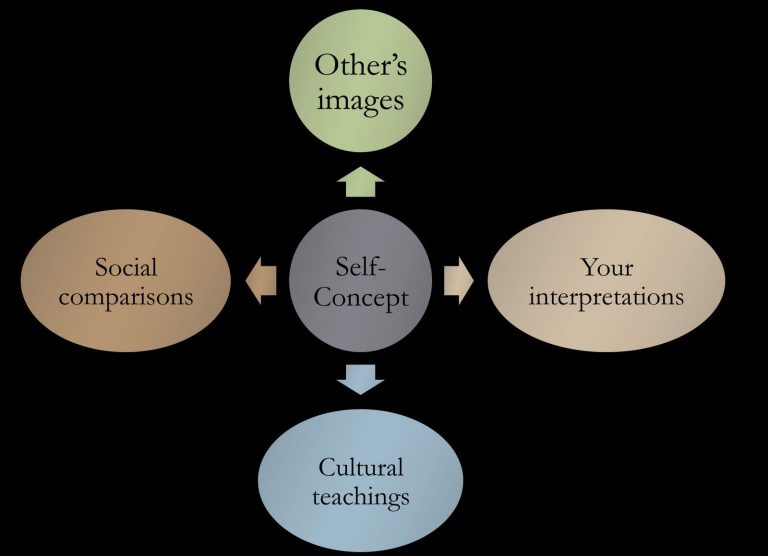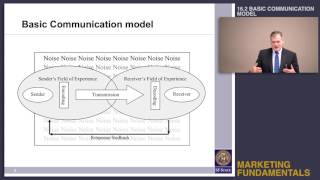Pitfalls Of Open And Closed Communication: Avoiding Traps
Communication is key in every relationship. Yet, it often goes wrong.
Open and closed communication each have their own challenges. Understanding these pitfalls is crucial for effective interactions. Open communication encourages sharing but can lead to oversharing. Closed communication protects privacy but can create misunderstandings. In any interaction, how we communicate shapes outcomes.
Open communication invites openness, promoting honesty and trust. But, it can overwhelm others or lead to conflicts. Closed communication keeps things private, preserving boundaries. Yet, it can lead to confusion and assumptions. Balancing these approaches is vital. Knowing the pitfalls helps navigate conversations better. It enhances clarity and trust in relationships. Let’s explore these pitfalls to communicate more effectively.
Open Communication Challenges
Open communication can lead to misunderstandings if not managed well. Closed communication may prevent important information from being shared. Balancing both types is essential for effective interaction.
Open communication is often celebrated as the key to healthy relationships and successful teamwork. However, it’s not without its challenges. While being open can foster trust and transparency, it can also lead to misunderstandings and discomfort if not handled carefully.Over-sharing Risks
Over-sharing can create awkwardness. Sharing too much personal information may make others uncomfortable or even erode trust. Think about how you feel when someone you barely know tells you intimate details about their life. It can be off-putting, right? To avoid this, consider the context and your audience before sharing. Ask yourself if the information is necessary and helpful for the situation at hand.Misinterpretation Issues
Open communication can often lead to misinterpretation. When you express yourself openly, your words might be taken out of context. This can result in confusion or conflict. Have you ever sent a text or an email that was misunderstood? It’s a common issue in open communication. To reduce misinterpretation, be clear and concise. Use simple language and check if the other person understands your message as intended. Navigating open communication requires a delicate balance. How do you ensure you’re being open without crossing boundaries?
Credit: www.examples.com
Closed Communication Drawbacks
Closed communication can lead to misunderstandings and mistrust. People might feel unheard and unimportant. This approach often hinders collaboration and innovation, limiting growth and progress.
Closed communication can seem efficient at first glance, but it often leads to significant drawbacks in both personal and professional settings. It restricts the flow of information, making it challenging for teams to collaborate effectively. This type of communication can also create a sense of secrecy and mistrust, which can harm relationships and productivity.Information Bottlenecks
Closed communication often results in information bottlenecks. This happens when information is held by a few people and not shared with others who might need it. Imagine working on a project where key details are only known to your manager. You find yourself in constant limbo, waiting for updates that never seem to come. This not only frustrates you but also delays progress. Such bottlenecks can stifle innovation and slow down decision-making processes. Without access to the necessary information, team members may struggle to perform their tasks efficiently. How can you contribute meaningfully if you’re kept in the dark?Lack Of Transparency
A lack of transparency can breed suspicion and reduce morale. When people are unsure about what’s happening behind closed doors, they tend to fill in the blanks with assumptions. This can lead to misunderstandings and conflicts within teams. Reflect on a time when you felt out of the loop in a conversation. Did it make you feel valued or ignored? Transparency is crucial for trust and engagement. It encourages open dialogues and helps everyone feel like they are part of the bigger picture. When communication is closed, individuals might feel excluded and demotivated. This can lead to disengagement and a decrease in productivity. Wouldn’t you prefer a work environment where everyone is informed and motivated to contribute? In conclusion, closed communication poses significant challenges that can hinder personal growth and organizational success. To foster a more inclusive and productive environment, consider opening up communication channels and encouraging transparency.Balancing Communication Styles
Navigating communication involves understanding open and closed styles. Open communication fosters transparency but risks oversharing. Closed communication protects privacy but may lead to misunderstandings. Balancing both ensures clarity and respect in conversations.
Balancing communication styles is essential in both personal and professional settings. Open and closed communication each have their strengths and weaknesses. Open communication encourages transparency and collaboration. Closed communication can maintain focus and protect sensitive information. Finding a balance between these styles can improve understanding and efficiency. This balance helps in building trust and promoting better teamwork.Finding Middle Ground
Finding middle ground involves blending open and closed communication. Too much openness can lead to information overload. Excessive closed communication may result in misunderstandings. Striking a balance ensures messages are clear yet concise. This approach keeps everyone informed without overwhelming them. It encourages constructive feedback and shared responsibility. A balanced style respects privacy while fostering an inclusive environment.Adaptive Strategies
Adaptive strategies can help in achieving balance. Tailor your communication based on the situation. Use open communication in brainstorming sessions. This invites diverse ideas and creative solutions. For sensitive topics, a more closed approach might be necessary. This protects confidentiality and maintains professional boundaries. Regularly assess your communication style and adjust as needed. Training and workshops can enhance adaptive skills, improving overall communication.
Credit: www.marriage.com
Impact On Workplace Dynamics
The way we communicate shapes workplace dynamics. Open and closed communication have distinct impacts. Understanding these can enhance team collaboration and conflict resolution.
Team Collaboration
Open communication fosters a collaborative environment. Team members feel valued and heard. Ideas flow freely and creativity thrives. Closed communication limits participation. It stifles innovation and creates a disconnect. Teams struggle to align and achieve goals.
Conflict Resolution
Open communication aids in resolving conflicts. It encourages transparency and honesty. Issues are addressed promptly and constructively. Closed communication breeds misunderstanding. Conflicts escalate and remain unresolved. Trust erodes and tension builds.
Avoiding Common Traps
Communication is key in any relationship, personal or professional. Open and closed communication styles can impact interactions. Misunderstandings and conflicts often arise from these pitfalls. Recognizing and avoiding common traps can improve communication. This leads to stronger connections and better outcomes.
Effective Listening
Effective listening involves more than hearing words. It requires attention and understanding. People often focus on what they will say next. This leads to missing key information. To avoid this trap, practice active listening. Pay attention to body language and tone. Reflect back what you hear. This ensures clarity and builds trust.
Clear Messaging
Clear messaging is essential to avoid confusion. Vague or ambiguous messages lead to misunderstandings. Use simple language to express ideas. Be direct and concise. Avoid jargon or complex words. Ensure your message is tailored for your audience. This makes it easier to understand. Ask for feedback to confirm understanding. This helps clarify any misinterpretations.

Credit: www.myteachingcupboard.com
Frequently Asked Questions
What Are Pitfalls In Communication?
Communication pitfalls include misunderstandings, lack of clarity, assumptions, and cultural differences. Poor listening and misinterpretation lead to confusion. Overusing jargon and failing to adapt messages for diverse audiences can cause disconnects. Ensure messages are clear, concise, and audience-appropriate to avoid these issues and foster effective communication.
What Are The Cons Of Open Communication?
Open communication can lead to misunderstandings, decreased privacy, and potential conflicts. Sensitive information might be shared inadvertently. It may also cause information overload and stress, reducing productivity.
What Is The Difference Between Open And Closed Communication?
Open communication encourages dialogue and feedback, fostering transparency. Closed communication limits information, restricting interaction and feedback.
Conclusion
Understanding communication styles is crucial in any relationship. Open communication fosters trust. Closed communication can lead to misunderstandings. Both styles have their place. Balance is key. Adapt your approach to the situation. Listen actively and speak clearly. Ensure your message is understood.
Miscommunication can cause conflicts. Learn to recognize these pitfalls early. Improving communication enhances relationships and teamwork. Practice makes perfect. Seek feedback for growth. Effective communication requires effort. Overcome these challenges for better interactions. Remember, communication is a two-way street. Stay open and mindful.
Your relationships will benefit greatly.





